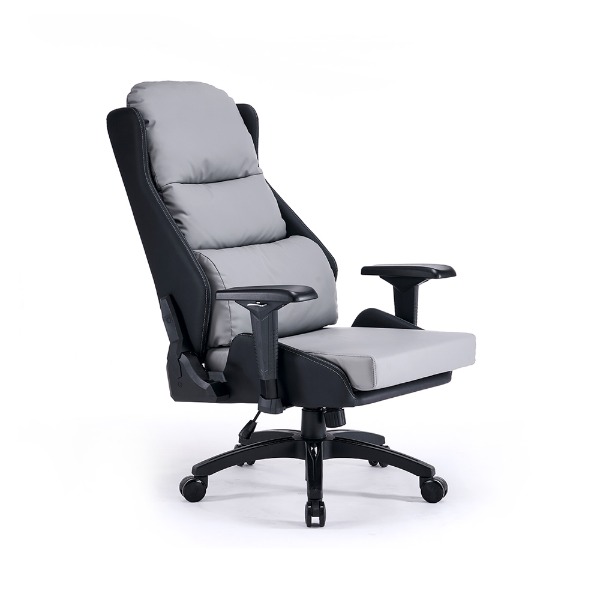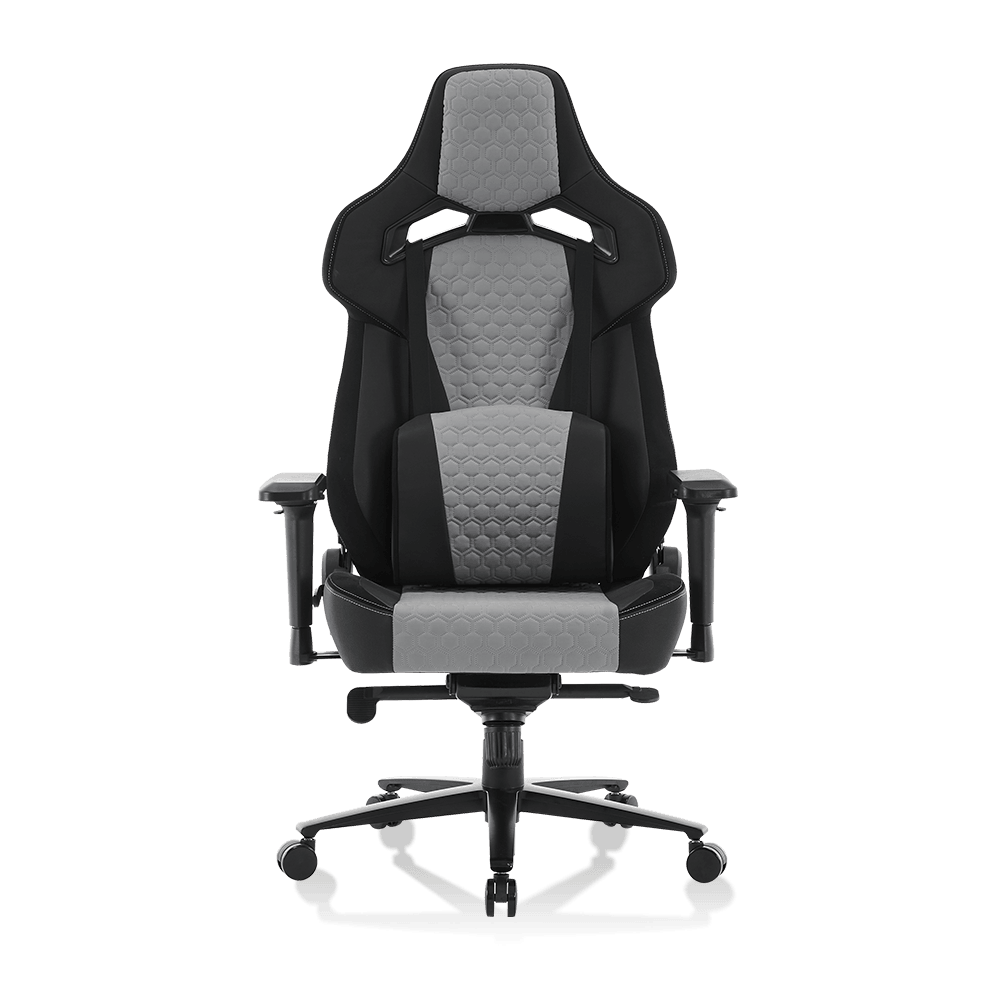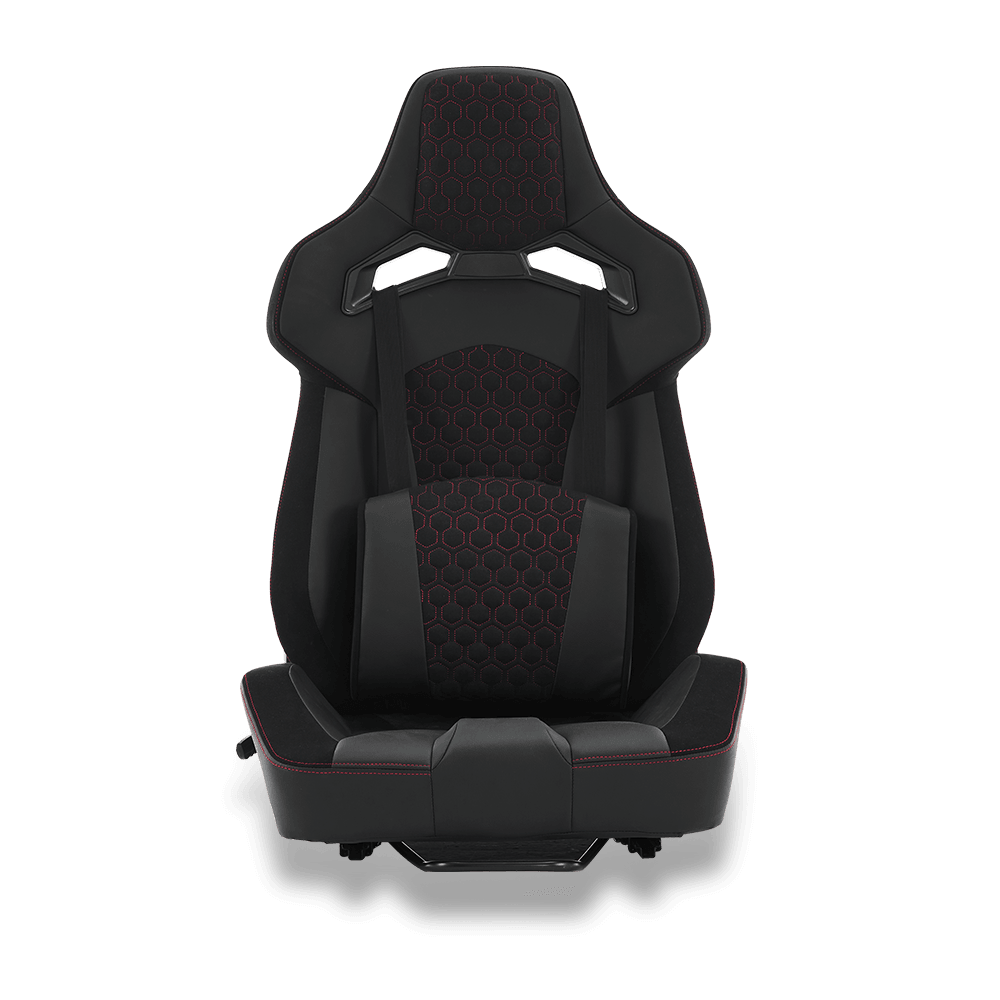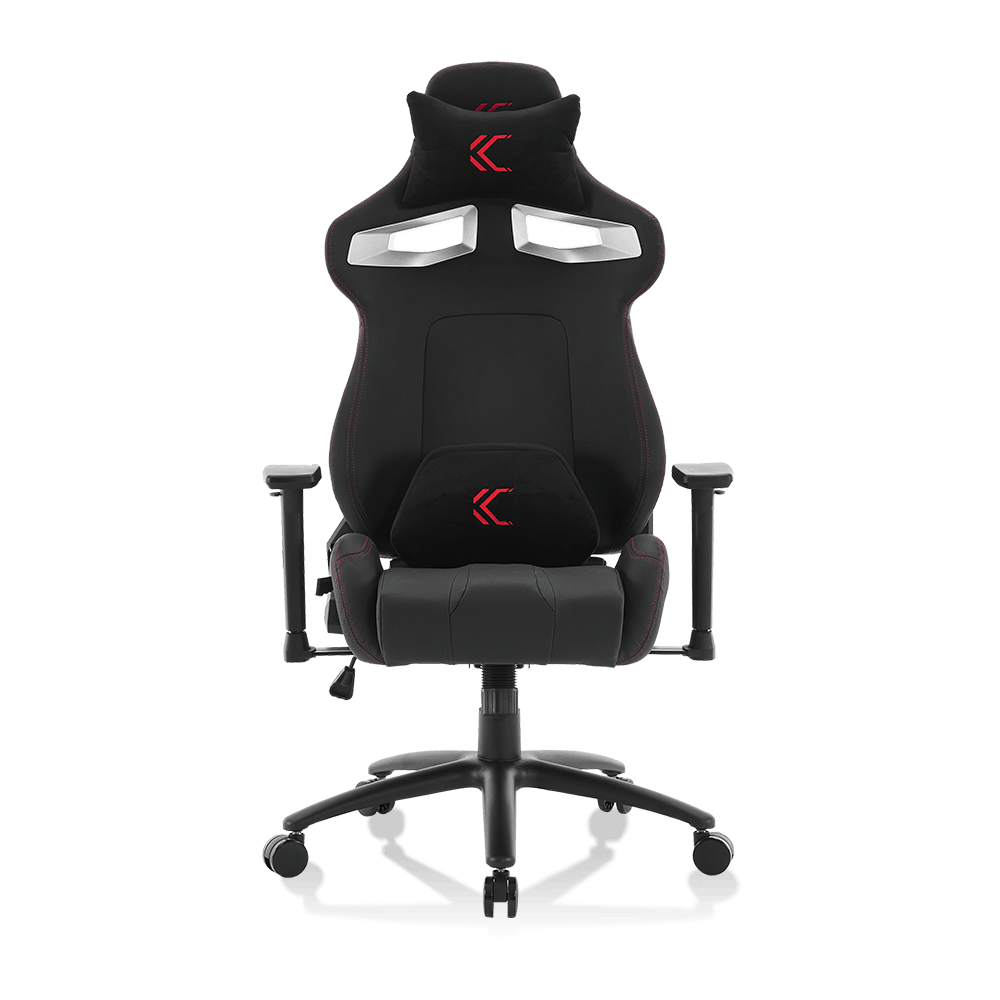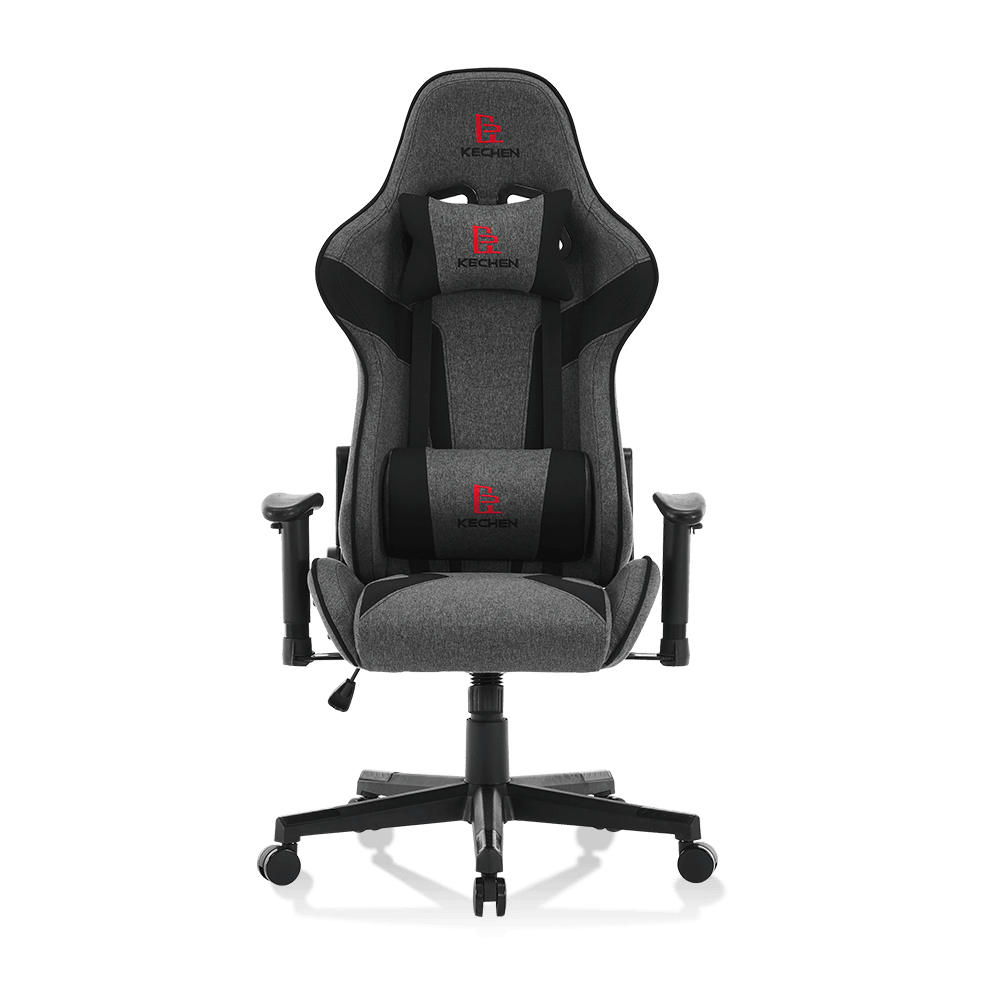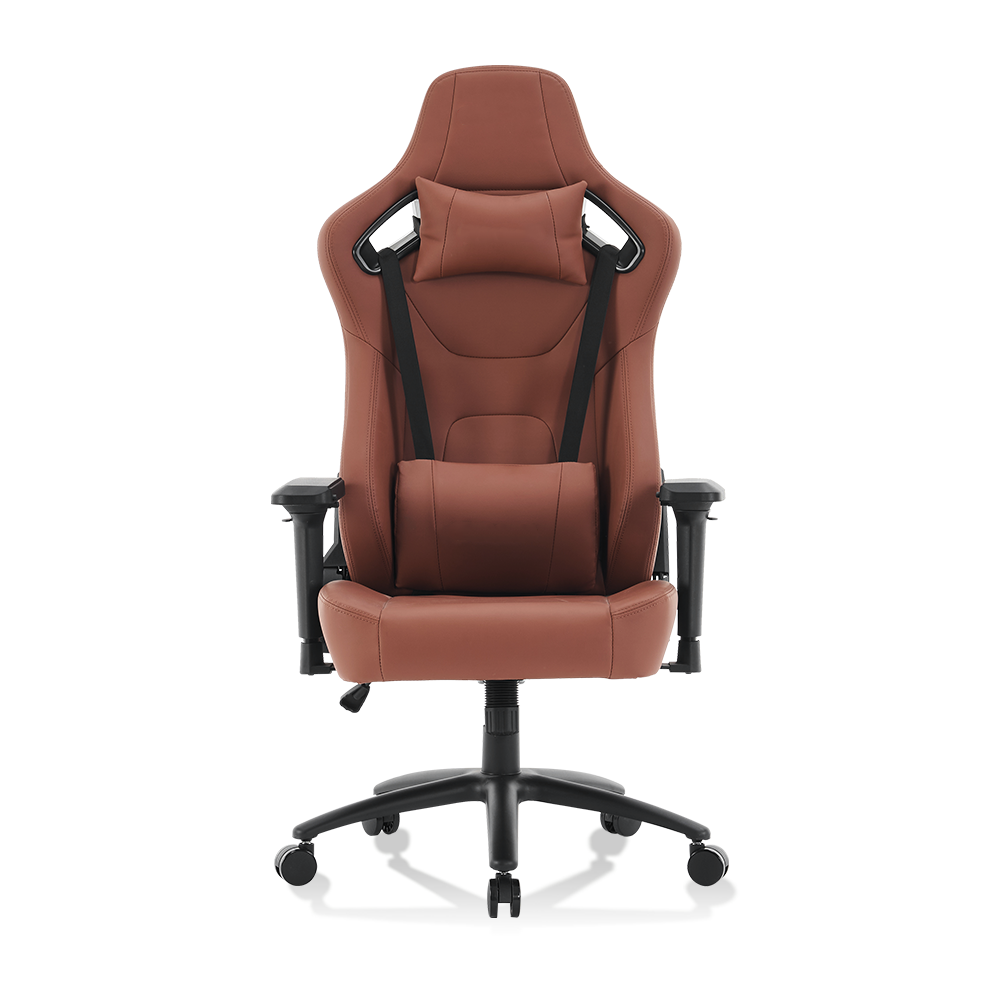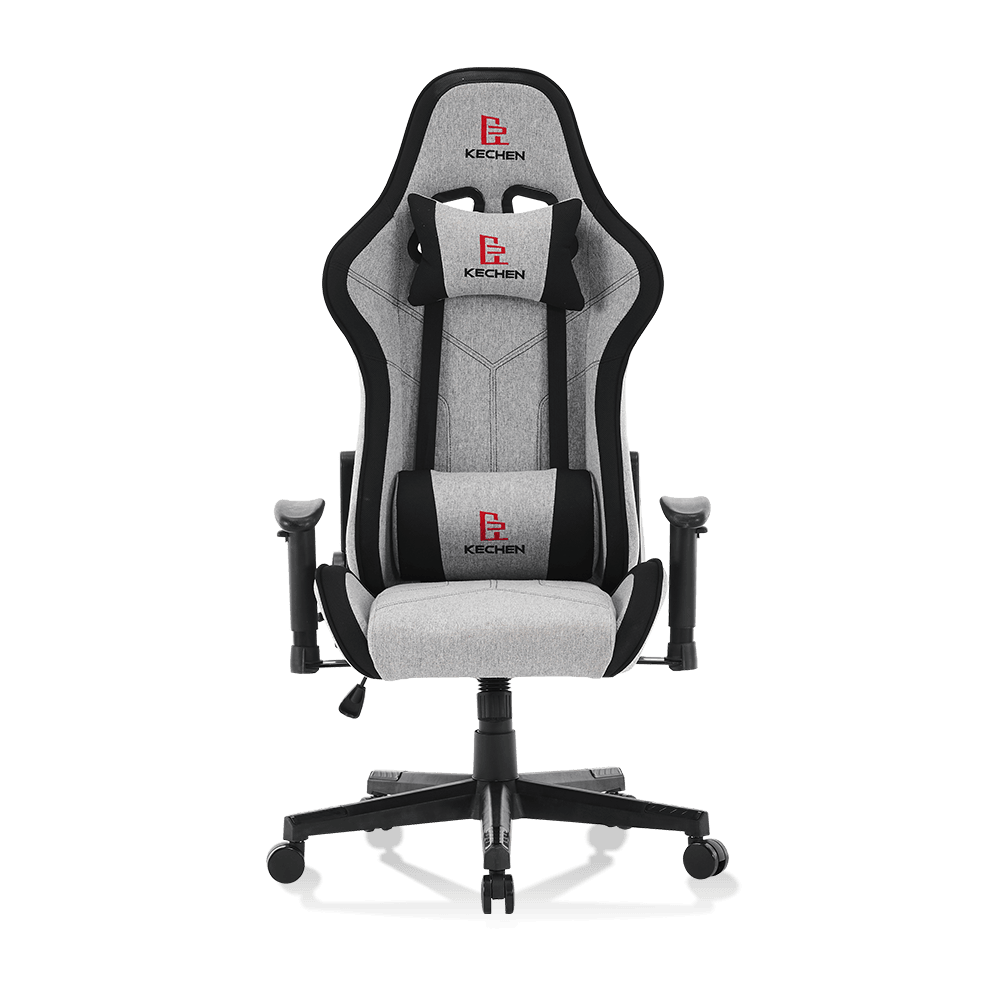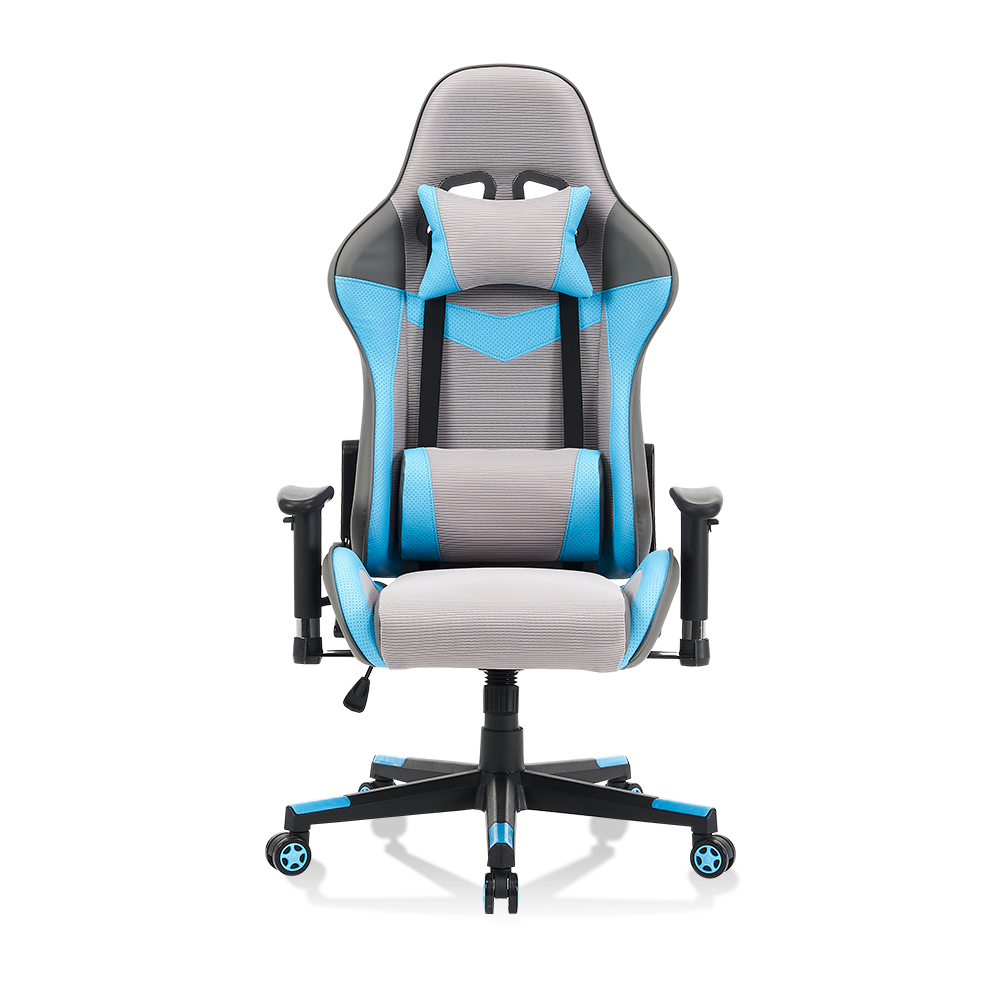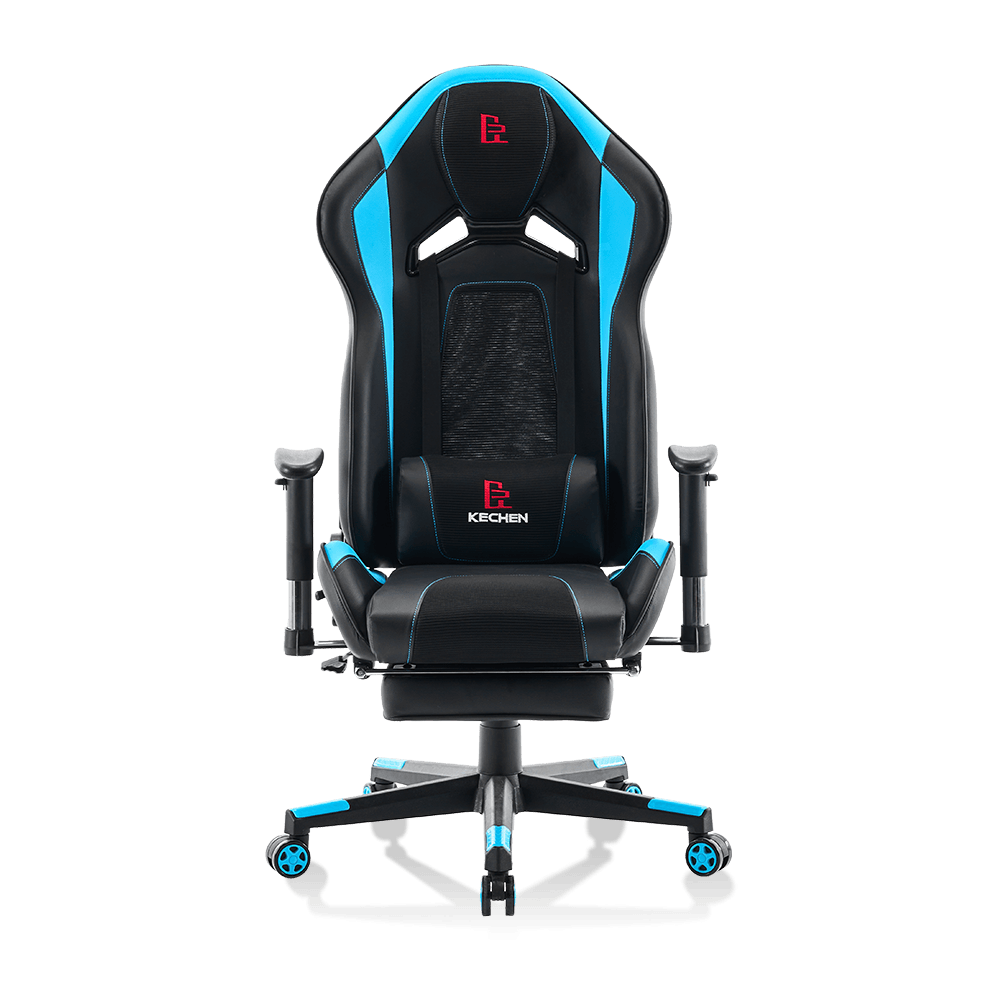- 1 Why an Ergonomic Office Chair Is Essential for Your Health
- 2 Key Features to Look for in a Best Ergonomic Office Chair for Back Pain
- 3 How to Properly Adjust Your Ergonomic Chair for Tall Person
- 4 Mesh vs Leather Ergonomic Chair: Which Is Right for You?
- 5 The Benefits of Using an Ergonomic Kneeling Chair as an Alternative
- 6 Finding the Perfect Affordable Ergonomic Office Chair Without Sacrificing Quality
Why an Ergonomic Office Chair Is Essential for Your Health
Spending long hours sitting at a desk can take a significant toll on your body, leading to back pain, poor posture, and reduced productivity. An ergonomic office chair is specifically designed to support your body's natural alignment and prevent these common workplace health issues. Unlike traditional chairs, ergonomic models offer adjustable features that cater to individual body types and working styles.
5136 reclining chair gaming chair easy to clean computer chair gaming chair home office chair
The benefits of using an ergonomic office chair include:
- Reduced back and neck strain through proper lumbar support
- Improved circulation with seat designs that reduce pressure on legs
- Enhanced productivity due to increased comfort during long work sessions
- Better posture maintenance through adjustable armrests and seat height
- Decreased risk of developing chronic pain conditions from prolonged sitting
When comparing standard office chairs to ergonomic office chairs, the differences become immediately apparent:
| Feature | Standard Chair | Ergonomic Chair |
|---|---|---|
| Lumbar Support | Fixed or nonexistent | Adjustable to fit spine's natural curve |
| Seat Adjustability | Limited height adjustment | Multiple adjustment points (height, depth, tilt) |
| Material Breathability | Often non-breathable materials | Typically uses mesh or other breathable fabrics |
| Armrest Adjustability | Fixed position | Height, width, and angle adjustments |
Key Features to Look for in a Best Ergonomic Office Chair for Back Pain
When searching for the best ergonomic office chair for back pain, several critical features should be at the top of your checklist. These elements work together to provide optimal support and alleviate pressure on your spine throughout the workday.
Lumbar Support Systems
The lumbar region of your spine naturally curves inward, and maintaining this curve is essential for preventing back pain. High-quality ergonomic office chairs offer adjustable lumbar support that can be positioned exactly where you need it. Some advanced models even feature dynamic lumbar support that moves with you as you shift positions.
Seat Depth and Width
Proper seat dimensions ensure even weight distribution and prevent pressure points. The ideal seat should:
- Allow 2-4 inches between the back of your knees and the seat edge
- Provide enough width to sit comfortably without feeling constrained
- Offer depth adjustment to accommodate different leg lengths
Adjustable Armrests
Armrests that are too high or too low can cause shoulder strain and affect your overall posture. The best ergonomic office chair for back pain will include armrests that adjust in multiple dimensions:
- Height adjustment to keep shoulders relaxed
- Width adjustment to maintain proper arm positioning
- Pivot or angle adjustment for natural arm positioning
How to Properly Adjust Your Ergonomic Chair for Tall Person
Tall individuals often struggle to find office chairs that accommodate their longer limbs and torso. An ergonomic chair for tall person needs specific adjustments to provide proper support and prevent slouching or awkward postures that can lead to musculoskeletal issues.
Seat Height Adjustment
The foundation of proper chair adjustment begins with seat height. For tall users:
- Feet should rest flat on the floor with knees at about a 90-degree angle
- If feet don't reach the floor comfortably, use a footrest
- The chair should lift high enough so thighs are parallel to the floor
Backrest Positioning
Tall users often need special consideration for backrest height and lumbar support position:
- The lumbar support should align with the natural curve of your lower back
- The backrest should be tall enough to support your upper back and shoulders
- Some chairs offer extendable backrests for additional height
Headrest Considerations
For tall individuals, a headrest is often essential for proper neck support:
- The headrest should adjust high enough to support your head in a neutral position
- Look for chairs with headrests that tilt to accommodate different angles
- Memory foam or padded headrests provide additional comfort
Mesh vs Leather Ergonomic Chair: Which Is Right for You?
The debate between mesh vs leather ergonomic chair options involves several factors including comfort, durability, and climate considerations. Each material has distinct advantages that make it suitable for different users and environments.
Breathability and Temperature Regulation
Mesh chairs excel in warm environments or for users who tend to get hot while sitting:
- Mesh allows for maximum airflow, keeping you cooler
- Leather can become sticky and hot in warm conditions
- Some leather chairs feature perforations for limited breathability
Durability and Maintenance
Leather and mesh have different maintenance requirements and longevity:
- High-quality leather develops a patina over time but requires conditioning
- Mesh is generally low-maintenance but can sag over time
- Leather is more resistant to spills and stains
Comfort and Feel
The subjective experience of sitting on different materials varies significantly:
- Mesh provides firm support that some find more ergonomic
- Leather offers a plush, luxurious feel
- Mesh contours to your body more dynamically
The Benefits of Using an Ergonomic Kneeling Chair as an Alternative
While traditional ergonomic office chairs dominate the market, an ergonomic kneeling chair offers a unique approach to posture support. These chairs position your body differently, potentially offering benefits for certain users and specific situations.
How Kneeling Chairs Work
Kneeling chairs tilt your pelvis forward and redistribute your weight:
- Weight is shared between your buttocks and shins
- The open hip angle helps maintain the spine's natural curve
- Most models don't have backrests, encouraging active sitting
Potential Benefits
Users report several advantages from kneeling chair designs:
- Reduced lower back pressure compared to traditional chairs
- Improved core engagement and posture awareness
- May help with certain types of back pain
Limitations to Consider
Kneeling chairs aren't ideal for everyone or all situations:
- Can be uncomfortable for extended periods
- May put pressure on knees and shins
- Not suitable for all work environments
Finding the Perfect Affordable Ergonomic Office Chair Without Sacrificing Quality
While high-end ergonomic office chairs can be expensive, there are ways to find an affordable ergonomic office chair that still provides essential support features. Knowing which features are must-haves versus nice-to-haves can help you make smart compromises.
Essential Features Worth Paying For
Certain ergonomic features should never be compromised, even in budget chairs:
- Adjustable lumbar support (even if not perfect)
- Seat height adjustment
- Basic tilt mechanism
- Breathable material
Areas Where You Can Save
Some features can be sacrificed when looking for affordability:
- Premium materials (opt for quality mesh over leather)
- Extensive adjustability (focus on the most important adjustments)
- Brand name recognition
- Aesthetic details
Smart Shopping Strategies
Finding an affordable ergonomic office chair requires careful shopping:
- Look for chairs with the most important ergonomic features
- Consider slightly older models that may be discounted
- Check for sales during office furniture buying seasons
- Read reviews to ensure quality isn't compromised



 Español
Español 日本語
日本語 Deutsch
Deutsch